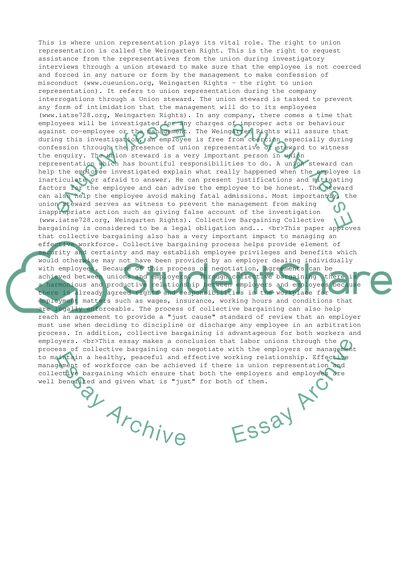Cite this document
(“Managment Essay Example | Topics and Well Written Essays - 1500 words - 1”, n.d.)
Retrieved from https://studentshare.org/management/1427809-managment
Retrieved from https://studentshare.org/management/1427809-managment
(Managment Essay Example | Topics and Well Written Essays - 1500 Words - 1)
https://studentshare.org/management/1427809-managment.
https://studentshare.org/management/1427809-managment.
“Managment Essay Example | Topics and Well Written Essays - 1500 Words - 1”, n.d. https://studentshare.org/management/1427809-managment.


